Humidity in the room is a problem that many people overlook. But if left untreated, it can cause mold, musty odors, and health problems. Many people wonder what they should use to absorb moisture in the room?
This article will introduce you to 9 ways to absorb moisture, along with comparing the pros and cons of each method, to make your home more livable and healthy.
Why do we need to reduce humidity in the room?
- Prevent mold and musty odors : High humidity allows mold to grow well, which can damage furniture and walls.
- Helps reduce allergy symptoms : Mold and dust mites that grow in humid conditions can cause allergies and respiratory problems.
- Increase comfort in your home : Rooms with balanced humidity levels will feel cooler and fresher.
How to effectively absorb humidity in a room
1. Dehumidifier
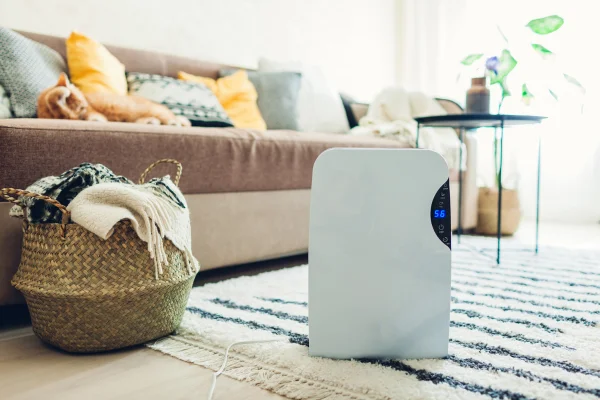
A dehumidifier is the most effective way to reduce humidity in a room, and it can be set to the desired humidity level. It is ideal for homes with high humidity levels.
strength :
- Quickly reduces humidity and controls humidity levels well.
- Help to freshen up the air.
weakness :
- High price and energy consumption
- Maintenance and draining of water is required periodically.
2. Moisture-absorbing bag (Farcent moisture absorber)
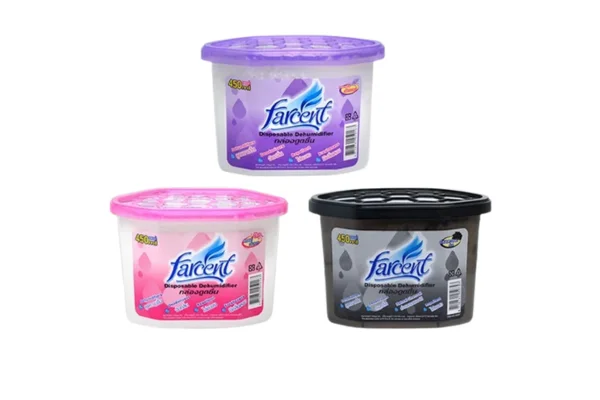
Desiccant bags, such as those from Farcent, are a convenient option for reducing humidity in small spaces, such as closets, drawers, or small rooms.
strength :
- Easy to use, no electricity required
- It is widely available and inexpensive.
weakness :
- Limited efficiency, must be replaced when the desiccant is saturated.
3. Open the windows and use a ventilation fan.

Opening windows helps remove moisture from the room and allows for good air circulation, especially during the day.
strength :
- Energy saving and natural
- Reduce musty odors and help freshen the room air.
weakness :
- Cannot be used during very humid or rainy weather.
- Humidity levels cannot be controlled exactly.
4. Use charcoal to absorb moisture.

Bamboo charcoal or activated charcoal can help absorb moisture and unpleasant odors well. It is suitable for bathrooms, closets and bedrooms.
strength :
- It is natural and harmless.
- Can be reused by exposing it to sunlight to restore its original condition.
weakness :
- Less effective than other methods for dehumidifying large areas
5. Use salt to absorb moisture.
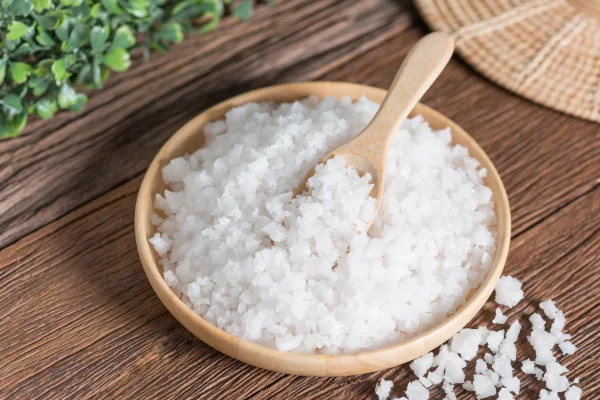
Sea salt can help absorb moisture from the air. You can put it in a container and place it in a high humidity area.
strength :
- Easy to find and inexpensive.
- Natural and safe
weakness :
- Salt must be changed frequently when saturated.
6. Use baking soda.
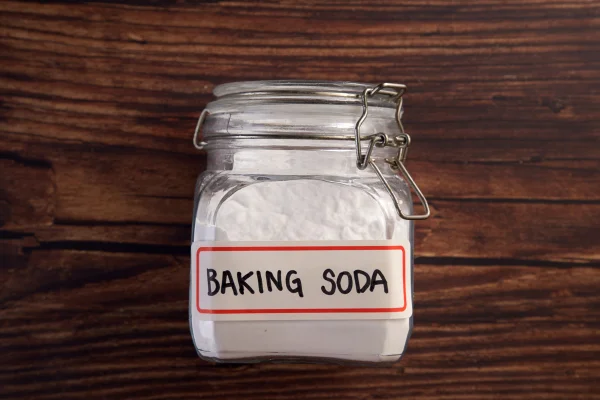
Baking soda is not only good for cleaning but also absorbs moisture. You can place it in a small cup and place it in areas where moisture is a problem.
strength :
- Helps absorb odor and moisture at the same time
- Easy to find and inexpensive.
weakness :
- It needs to be changed frequently once it has absorbed all the moisture.
7. Desiccant (Silica Gel)
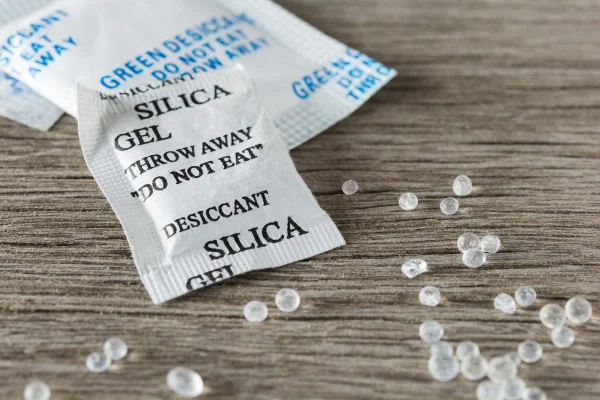
Silica gel is a popular desiccant used in packaging products and can be used to reduce humidity in small rooms.
strength :
- Good moisture absorption efficiency
- Can be reused by baking to restore it.
weakness :
- Not suitable for large areas
- May be required in large quantities
8. Place plants to help reduce humidity.

Some plants, such as ferns, snake plants, or bamboo palms, can help absorb moisture and purify the air.
strength :
- Help to freshen up your home
- It is natural and decorates the room beautifully.
weakness :
- Maintenance is required and some plants may increase humidity instead of dehumidify.
9. Use air conditioner.

The air conditioner automatically reduces humidity in the air, especially the “Dry Mode” which is designed to reduce humidity.
strength :
- Helps control temperature and reduce humidity simultaneously
- Convenient for homes with existing air conditioners
weakness :
- The electricity bill is higher than other methods.
- It may make the air too dry.
To reduce humidity in a room , a dehumidifier and air conditioner are the most effective options. For a more economical and natural solution , Farcent dehumidifier bags, bamboo charcoal, and baking soda are good options. For controlling humidity in a large area , a dehumidifier or air conditioner is the best option for best results.
For those who want to store their items in a place where there are no humidity problems , rental space services may be a good option. For more information, see Rental space services.
